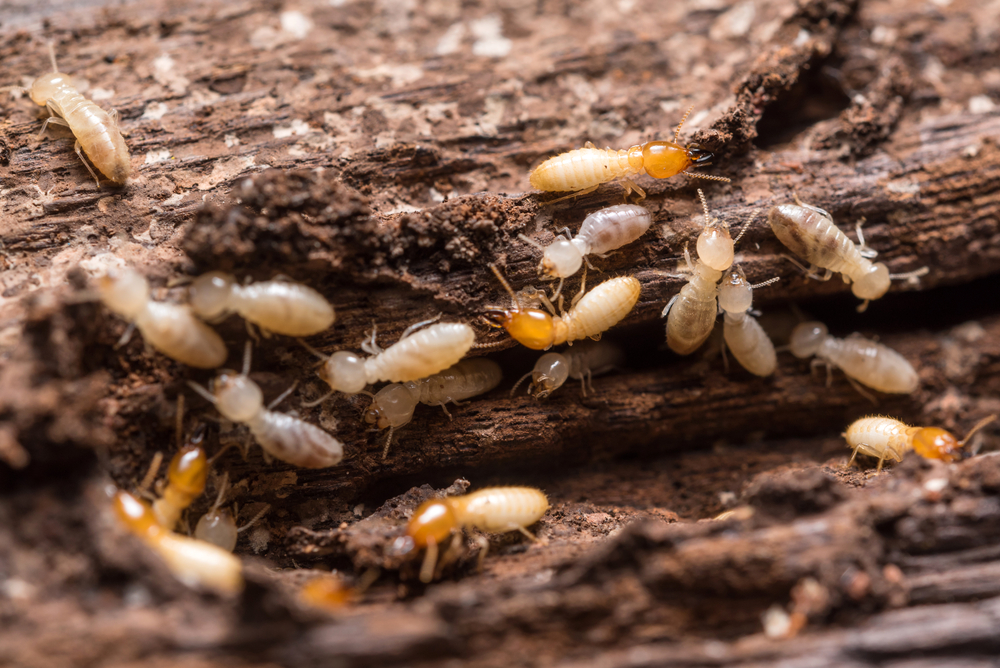
One phenomenon that already fascinated Charles Darwin is the evolution of huge, complex insect societies from solitary ancestors. This was the case with termites and ants, which have the same eusocial lifestyle. This has distinctive features such as the creation of castes, including for instance a complex system of division of labor among workers and soldiers. A team headed by evolutionary biologist Prof. Dr. Judith Korb from the University of Freiburg, bioinformatician Prof. Dr. Erich Bornberg-Bauer, evolutionary biologist Dr. Mark Harrison and evolutionary biologist Dr. Evelien Jongepier from the Westphalian Wilhelms University in Münster has now compared the molecular basis for the evolution of the eusocial lifestyle. This study has been published in the scientific journal Nature Ecology and Evolution.
Despite their similarities, termites and ants are not closely related. While termites first emerged from the group of cockroaches around 150 million years ago, ants and other eusocial Hymenoptera, including bees, only appeared 50 million years later on a very distant branch of the insect family tree. Both groups are defined as eusocial, as several generations coexist within a single colony, with cooperative brood care and the reproductive division of labor, which means that only selected individuals within a colony reproduce, for example, the queen and king termites.
The researchers showed that the termites have distinctive genetic features in the genomic regions which encode chemoreceptors – proteins involved in chemical communication. “Communication is essential for all biological interactions, especially for social organisms. Whereas humans mainly communicate by speech, insects mainly use chemicals,” says Judith Korb. For example, chemical communication via pheromones enables members of insect societies to recognize nest mates and differentiate between castes. “Compared to the cockroaches, which are closely-related, the protein families involved are significantly reduced, but at the same time significantly diverged in their function, indicating their importance,” Erich Bornberg-Bauer points out.
On the surface, these results are surprisingly similar to findings from previous studies on the evolution of eusociality in bees and ants. However, further analysis by the researchers revealed that in termites a related but distinctly different family of chemoreceptors to ants and bees specialized for the recognition of pheromones with the antennae. “This is, therefore, a classic case of convergent evolution: both groups evolved similar molecular mechanisms for a eusocial lifestyle under similar selection pressures,” says genomics expert Dr. Mark Harrison. The scientists found evidence for further convergence, including genes that play a role in the synthesis of hydrocarbons in the cuticle, the hard shell of insects. In contrast to the receptors, however, the signals seem to belong to the same class of substances as in ants.
The researchers discovered that one of the most important causes for genomic changes associated with these molecular adaptations were “transposons”, DNA regions that possess the ability to duplicate and change position within a genome. This class of genes makes up a large proportion of the genome in cockroaches and termites. They are associated with protein families that play a key role in chemical communication. “We were able to deduce that, long before the evolution of termites, one particular class of transposons led to the expansion of gene families involved in communication,” added Dr. Evelien Jongepier.




